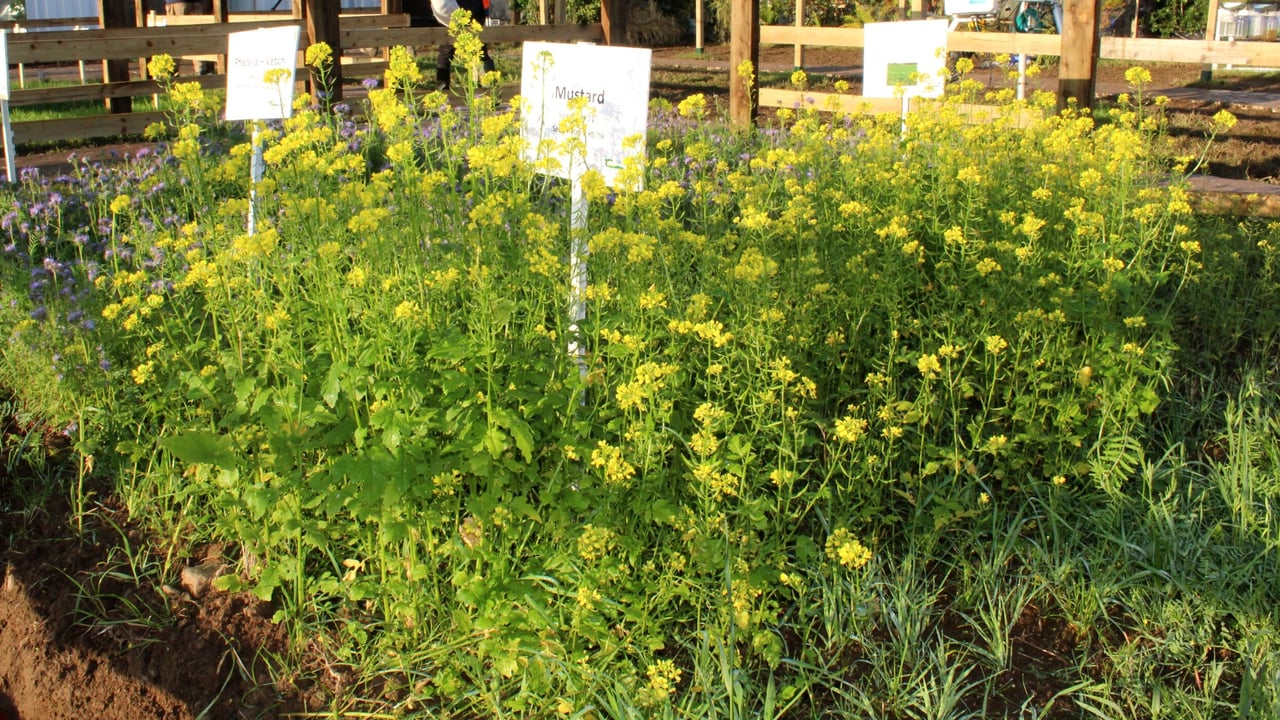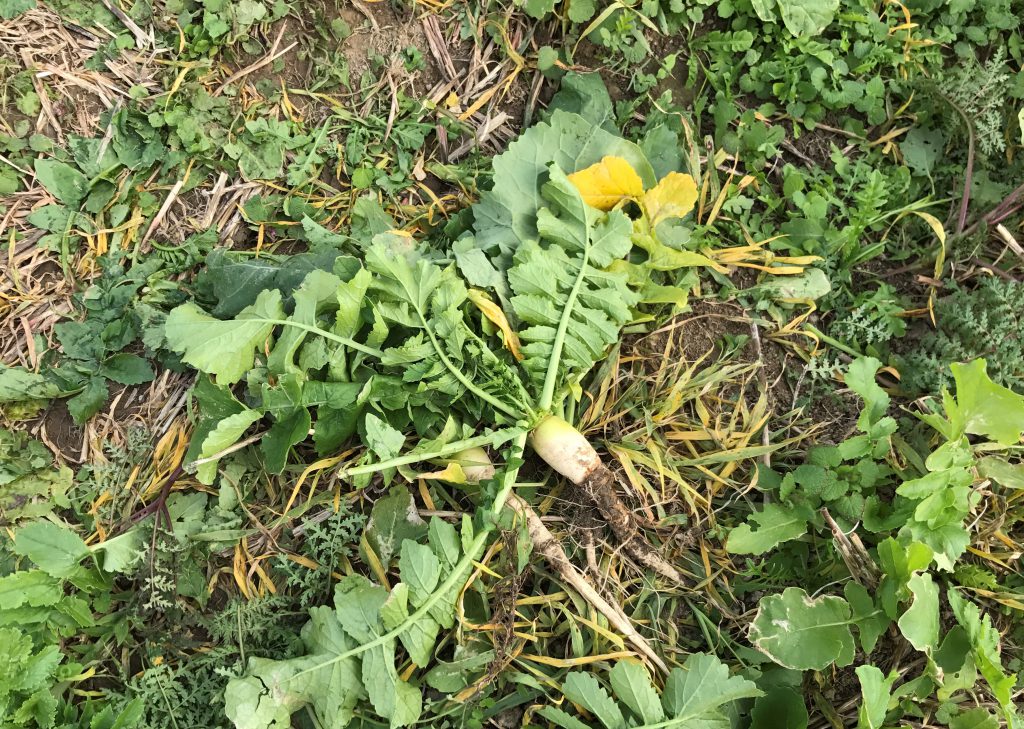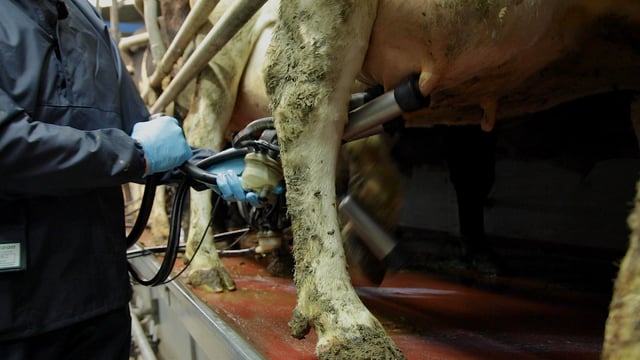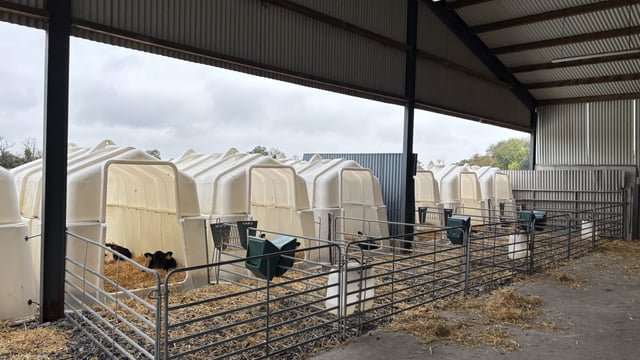How good are cover crops at recycling soil nutrients?
The Potash Development Association (PDA) has highlighted the role played by cover crops in recycling soil nutrients.
But, as it turns out, this is very much a plant species-specific phenomenon.
There are a number of variables surrounding how much nutrient catch and cover crops may pick up and release back to the following crop.
Species and soil nutrient levels are two of these issues.
Another is the length of time these crops are growing, as this will impact their access to soil reserves, effectively through the size and architecture of their root systems.
Potassium
From a potassium perspective, the most effective plants at providing a benefit for following crops will be those that are able to access nutrient reserves from deeper soil layers, bringing it closer to the surface.
Fodder radish is a case in point.
This is less likely when deep-rooted crop species are grown as cover or catch crops, as the growing period is short.
This means their roots are unlikely to have had time to develop fully before they are stalled by the weather, or destroyed for the establishment of the following cash crop.
Once a cover crop is terminated, the nutrients contained in the residue will become available to the following crop over different timescales, depending on the nutrient and the cover crop species.
However, cover crops have a greater role to play than purely nutrient cycling.
The short growth period and restricted range of species are likely to result in limited quantities of nutrient being taken up by the cover crop.
For potassium in particular, the more nutrient-rich the soil, the greater the quantity that may be cycled.
Cover crops
It has also been shown that nutrient cycling through cover crops may slow the rate of decline in soil nutrient status, particularly on light soils.
But cover crops will not improve a soil that has a low nutrient status to begin with.
They are generally planted at times of the year when nothing would otherwise be growing - between the harvest of one cash crop and the sowing of the next.
Along with the nutrient cycling, this provides soil cover, which helps reduce the negative impact rainfall can have on the soil.
Rain hitting bare soil can have a significant compacting effect. So cover crops can help to maintain, and in some cases improve, soil structure.
Deep-rooted crops like radish can in particular bring about improvements by helping to rectify structural issues at depth.






